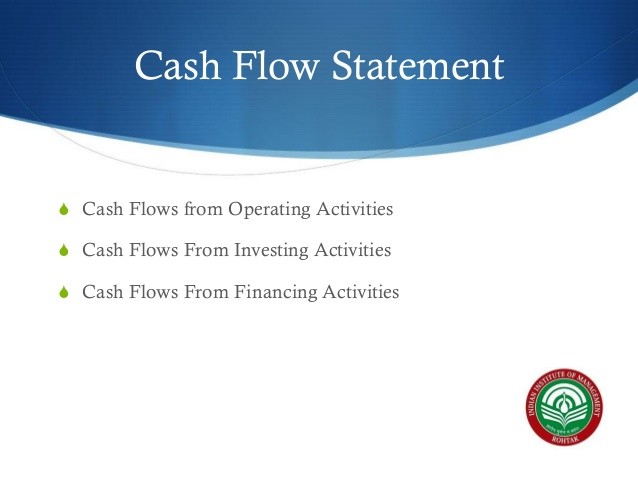Basics of Currency Swaps
Post on: 16 Март, 2015 No Comment

By Akin | Published: April 9, 2012
A currency swap occurs when a company wants to expand their business or invest in a foreign market. Typically, if a company were to approach an international bank, the interest rates would be higher than if they were to take out a loan from a bank within their own country. Banks typically feel that the risk is higher in lending to a foreign entity, since they are bound by different laws and for various other reasons.
The solution to this problem is a currency swap. Instead of taking out a loan from a foreign bank, a company can instead take out a loan from a local bank. Another company in a different country can do the same, and the two companies can then lend to one another. In this way, both companies end up paying a lower interest rate.
In reality, this process is typically facilitated by a swap dealer. Since it takes time and effort to find a company to do a currency swap with, the swap dealer provides a common place for these exchanges to take place. While the swap dealer will charge a fee for this service, it typically only leads to an interest increase in the 0.1 percent range. This is minor, considering that currency swaps can routinely reduce the interest rate by half.
Any company that gets involved in a currency swap will need to consider the foreign exchange risk. Because of the fact that the exchange rate fluctuates due to supply and demand, the size of the debt can fluctuate as well. For example, if an American company was to invest in China, and the value of the American dollar took a sharp downturn in comparison, the costs of paying off the debt would rise dramatically.
Depending on the desires of the companies, one or both of them may pay either a fixed rate or a floating rate. In the floating rate scenario, the amount that the company will pay depends on the changes in the exchange rate. This can be used to reduce the risks based on what each company believes will happen to the exchange rate while they are paying off the loan.
Another important thing to realize is that payments are not netted as they are in other types of swaps. For example, in a total return swap, the returns of one party are compared with the returns of the other, and only the net difference is paid by one of the two parties. This isnt possible in a currency swap, since the loans are owed in two different currencies.
Currency swaps arent always used as a way of reducing foreign investment costs. They can also be used as a way of reducing exposure to foreign exchange risk. In the same way that a diverse stock portfolio minimizes exposure to financial risks, investment in a diverse range of currencies reduces exposure to exchange risk. Institutional investors will often take advantage of this strategy to hedge their risk. For example, they may borrow to invest in one country, but use currency swaps so that the borrowed money is owed in various other currencies.














